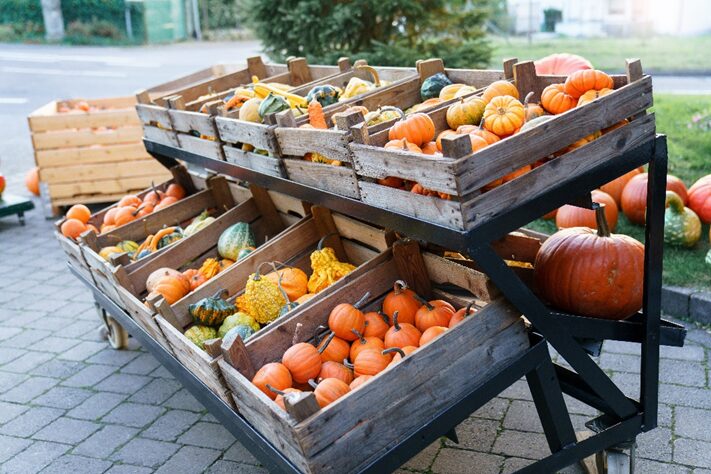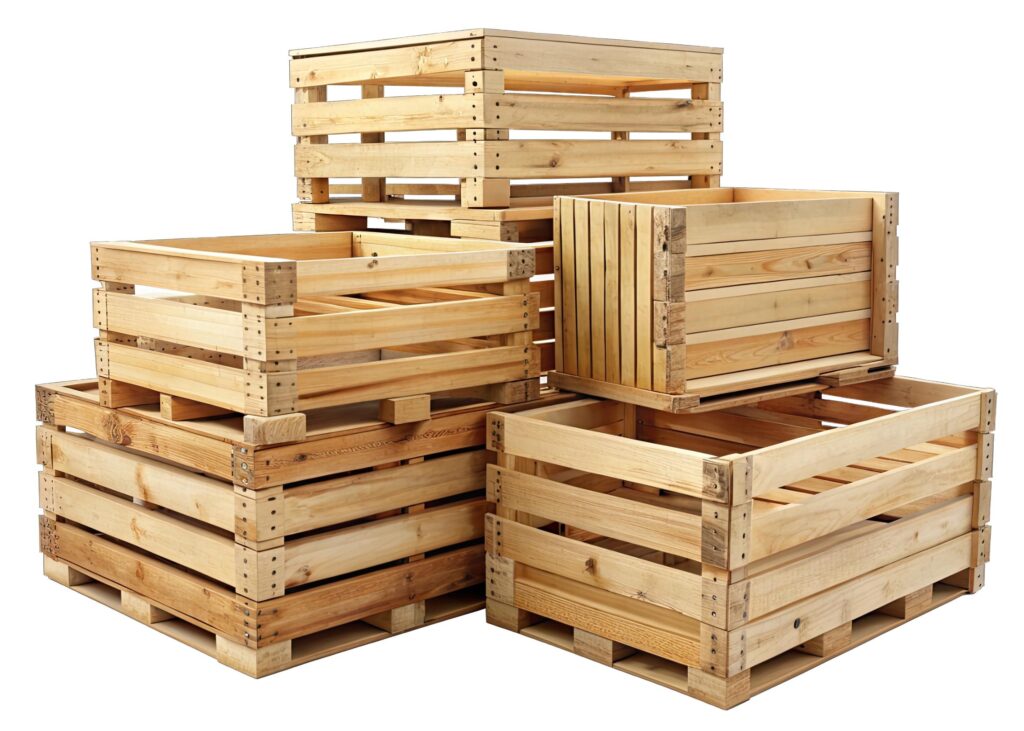Are Wooden Crates Sustainable? Eco-Friendly Insights

Businesses will do anything to save costs, including reusing their packaging supplies over and over. After all, if cases are still good for storing and transporting goods over distances, why buy brand-new ones? The savings can then be allocated to more pressing needs.
Plastic crates are at the top of the reusable crates list, as all they need is a good clean and they’re good for another round of use. However, they can’t bear heavier loads lest they risk deforming. Meanwhile, wooden shipping crates in Melbourne find versatility in their solid build, having stored and transported a wide range of goods for centuries.
But are they reusable and, more importantly, sustainable packaging solutions? It’s a question that everyone from small businesses to mega corporations has to contend with sooner or later, not just from a cost-saving perspective but also a social responsibility one. Well, here’s what the Safe Pack’s team of wood packaging experts thinks.
What Makes a Wood Crate Sustainable?
To understand what makes a wooden crate – and, by extension, anything – sustainable, it’s important to have a clear understanding of the term. As far as the 1987 definition by the UN Brundtland Commission goes, sustainability is the ability to satisfy the needs of the current generation without negatively impacting the ability of their descendants to do the same.
Now, let’s put wooden crates to the sustainability test. You’re a business owner who needs a fresh batch of crates to store goods to be shipped. Although numbers are scarce, it goes without saying that dozens of trees will need to be felled to yield enough wood to fulfil your order. Trees that future business owners also needing crates may not be able to harness.
Furthermore, wooden crates aren’t going away anytime soon. The latest market research estimates that the global wooden crate market, mainly used in international shipping, will reach a value of USD$1.5 billion by the end of this decade. As it stands, the value is USD$1.1 billion.
Does that mean wooden crates aren’t sustainable? Not necessarily.
While trees are being cut down to meet the demand for wooden packaging options, it’s just as crucial to learn where these trees come from. Wood certified by the Forest Stewardship Council (FSC) or Responsible Wood (called PEFC globally) is sourced from responsible forestry practices, such as maintaining tree plantations and preserving virgin forests.
Not all crates are made with FSC or Responsible Wood-certified timber, and those that are can be more expensive due to the cost of compliance. Regardless, it confirms that wooden shipping crates are sustainable when the source is right.
Are Wooden Crates Reusable?

For many people, reusability is a key – if not the primary – factor in determining whether or not a product is sustainable. Unfortunately, unlike plastic crates, wooden crates can’t be washed with soap and water. The wood in crates is heat-treated to remove the moisture that can warp it over time, and rinsing with running water reintroduces said moisture.
Cleaning crates isn’t much of an issue when they hold dry goods such as canned food or industrial machinery, but it’s a different story when they’re used like the image at the start of this blog post. Moisture is inevitable if the crates are regularly exposed to the elements, reducing their service life and making maintenance tricky.
With proper care, however, wooden export crates can continue to do their job for years, well beyond their average lifespan of three to five years. Below are some of the best sustainable practices you can adopt.
- Put away unused crates in climate-controlled storage for future use
- Wrap crates in plastic to protect them from moisture during transit
- If cleaning is necessary, use a damp cloth (but avoid overdamping it)
- Take advantage of desiccants and other moisture-absorbing systems
In short, these wooden containers can be used again and again as long as they’re kept clean and dry.
Reusing wooden export crates also serves the interest of limiting the impact of climate change. With wood harvest, forest or plantation, estimated to add up to 4.2 billion metric tons of greenhouse gases annually for the next few decades, reducing demand for timber is the least you can do. The longer wood crates are reused, the lower the demand for fresh ones.
Still Usable Past the Endgame
While we’re sad to see our timber crates being dismantled once they reach the end of their usefulness, we can take heart in the fact that they’re still useful for other purposes. This is another proof of wood’s sustainability, fulfilling other functions while reducing the demand for freshly cut lumber.
Some businesses keep a limited supply of used timber to maintain their properties. Those who don’t have use for used timber packaging send them to a recycling facility where it’ll be utilised more properly, whether by the facility itself or buyers looking for this recyclable material.
Scientists have touted the importance of recycling timber in achieving net-zero emissions, with one study estimating a 78% reduction in carbon emissions by 2050. That said, this is assuming a multiple-use approach, not single-use like burning it for fuel.
By using sustainable materials from responsibly managed forests, timber packaging contributes to a cycle that supports the use of renewable resources while reducing environmental impact.
Conclusion
So, are wooden shipping crates a sustainable option? In the right conditions, yes.
They have to be made from wood from sources that adopt environmentally friendly practices and still be usable even past their service life. Businesses are as responsible for the environment as their customers, and their commitment to preserving nature should be reflected in their actions and decisions. Using wooden crates is a step in that direction.


